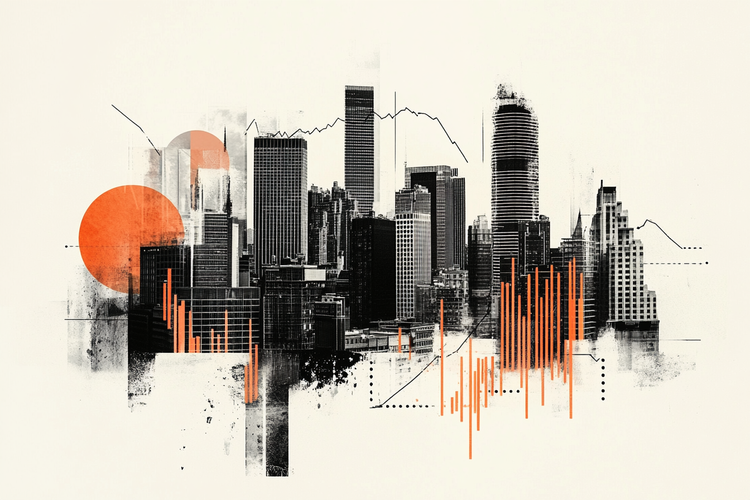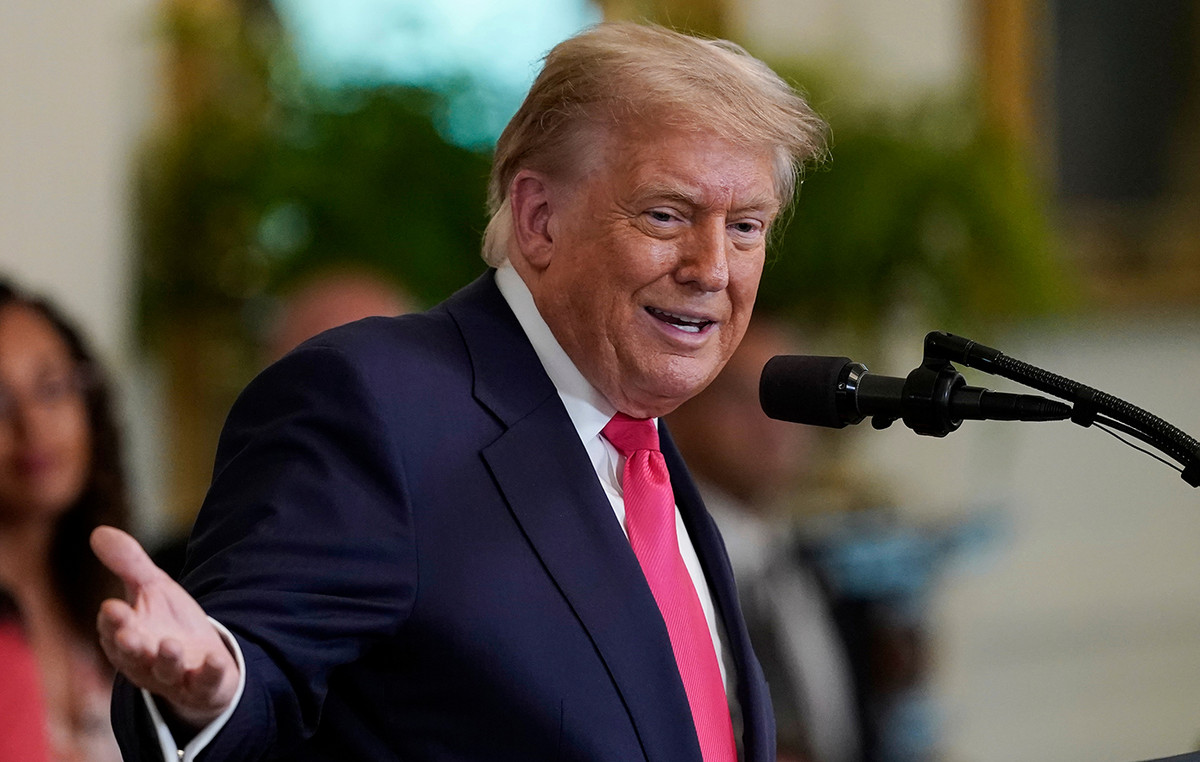Her Eleftherias Kourtalis
Following accordingly… “bells” rung by many international houses -UBS, BofA, Morgan Stanley- Goldman Sachs is once again warning investors not to be fooled by the recent market rally.
As it notes in today’s report, in recent weeks there has been a turn to the more positive in terms of investor sentiment and investment sentiment from very bearish levels after a difficult first half of the year, with equity positions recovering from historic lows.
Goldman Sachs believes that further increases in positions are likely in the near term, which could support further market rally. However, he warns, with no clear signs of a positive shift in macroeconomic dynamics, the temporary re-risking that has taken place in valuations could actually increase the risks of a new downtrend in the market, rather than signaling the end of bear market.
Therefore, despite the recent recovery in investor positions, which have become a little more risk-on in recent days, Goldman Sachs emphasizes that it is not convinced that we have yet passed the real “bottom” in positions – and therefore in stocks – and believes that the course of markets in the near future is likely to depend more on macroeconomic data.
Historically, lows in the Aggregate Investor Sentiment Index generally coincide with stock market bottoms, both in bear markets and corrections. However, a prolonged bear market, such as the one that accompanied the global financial crisis, is characterized by several sharp reversals in investor positions before a prolonged market recovery, Goldman Sachs warns.
According to the Bank of America’s calculation models, the lows in placements and investment sentiment have not yet been reached, meaning there is considerable scope for further declines in markets, especially after temporary rebounds. Once lows are reached, history shows that it takes about three months for investor positions and sentiment to recover to previous levels, and by then the economy is also past its lows in activity data as measured by the ISM index.
While bearish positioning can create a favorable backdrop for a market turn, it is not a sufficient condition for such a thing to materialize, as Goldman Sachs points out. “We believe that investors should be cautious in the short term as the markets could easily make new dips,” he points out. On the one hand, although the placements are at very low levels, the risks remain elevated, especially regarding the macroeconomic front and the possibilities of a serious slowdown in activity.
She believes that expectations of a more dovish Fed stance going forward, which helped fuel the recent rebound in stocks, could be quickly extinguished by aggressive (and negative) surprises from monetary policy if inflation proves more persistent. than expected, suggesting that the market may have become complacent too early on the fading of recession risks. This can make the environment more vulnerable to growth shocks if the slowdown in activity results in a longer or even deeper recession.
Given the heightened risks investors may face around economic growth in the second half, Goldman Sachs is comfortable with its defensive stance on risk assets on a quarterly horizon. “There will need to be additional clarity from the macroeconomic front to talk about a sustained and prolonged market turnaround,” the US bank concludes.
Source: Capital
I am Sophia william, author of World Stock Market. I have a degree in journalism from the University of Missouri and I have worked as a reporter for several news websites. I have a passion for writing and informing people about the latest news and events happening in the world. I strive to be accurate and unbiased in my reporting, and I hope to provide readers with valuable information that they can use to make informed decisions.







